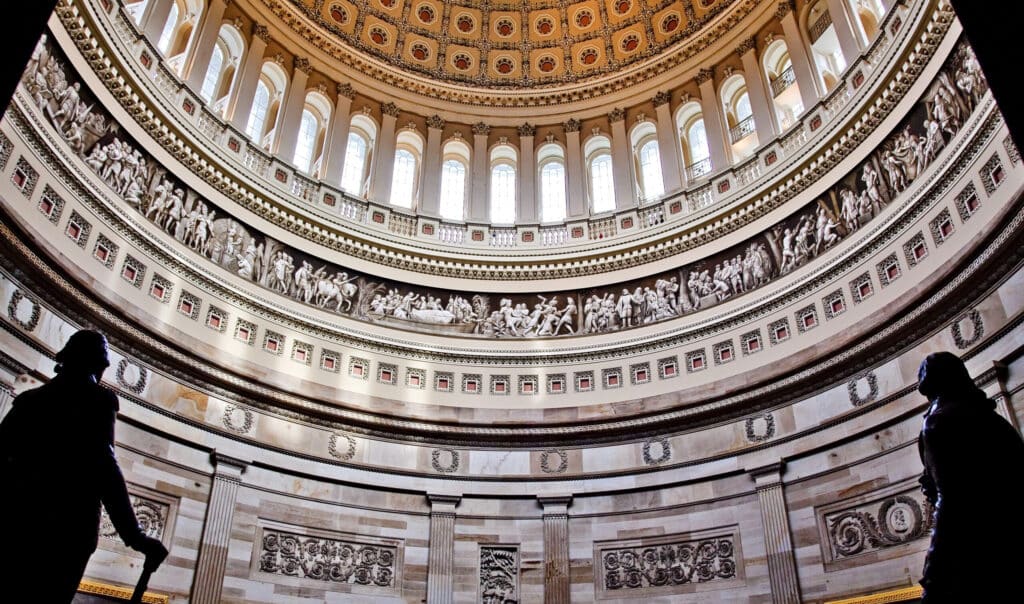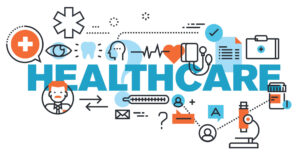As Congress prepares to resume work following their summer recess, we are keeping an eye on one legislative issue that will impact many taxpayers – retirement reform. Since many of the key proponents of these bills will (ironically) be retiring this year, passing retirement reform legislation before the 2022 session adjourns is likely to be a Congressional priority.
Recent and In-Progress Legislation
Before providing a preview of coming changes, we must first give a quick recap of the history of these legislative efforts. On December 20, 2019, the Setting Every Community Up for Retirement (SECURE) Act was signed into law as part of a larger Consolidated Appropriations Act. The SECURE Act introduced the first major changes to the U.S. retirement system in over 10 years, making it easier for many working Americans to start saving for their retirement and providing incentives for employers to set up retirement plans for their employees. The provisions of this legislation became effective on January 1, 2020.
Some of the key aspects of the SECURE Act include:
- Increased the age at which Required Minimum Distributions (RMDs) must be taken from 70½ to 72
- Eliminated the “stretch” rules for non-spousal beneficiaries of inherited retirement plans; requiring RMDs to be made over a 10-year period
- Added an exception to the 10% early withdrawal penalty from retirement plans, allowing withdrawals of up to $5,000 for childbirth or adoption expense
- Expanded eligibility for part-time employees to participate in employer retirement plans
- Broadened the IRC Section 529 plan program to allow penalty-free withdrawals of up to $10,000 to repay qualified education loans, and to include certain costs associated with registered apprenticeship programs to this list of qualified expenses
- Raised the tax credit for small businesses to establish a retirement plan from $500 to $5,000
- Provided easier access to retirement plans for small employers through a pooled employer plan
In 2022, less than three years after the passage of the SECURE Act, Congress began working on new legislation to expand on the original provisions. In March 2022, the House of Representatives passed the Securing a Strong Retirement Act of 2022 (SECURE 2.0). Several months later, two additional pieces of legislation were introduced in the Senate – the Enhancing American Retirement Now (EARN) Act and the Retirement Improvement and Savings Enhancement to Supplement Healthy Investments for the Nest Egg (RISE & SHINE) Act. While these bills have not yet been finalized, there are some important provisions that taxpayers should be aware of.
Required Minimum Distributions (RMDs)
Bills in both the House and Senate propose further increasing the age at which beneficiaries must begin taking RMDs from traditional IRA accounts. The SECURE Act increased the age limit to 72. The House bill proposes raising the age to 73 in 2023, 74 in 2030 and 75 in 2033, while the Senate EARN bill would raise the age to 75 in 2032, with no incremental changes.
Catch-up and Employer Matching Contributions
Catch-up contributions to company retirement plans are currently limited to $6,500 for participants age 50 and older. Provisions under the proposed legislation in both the House and Senate would increase the limit to $10,000 beginning in 2024, allowing participants to contribute $3,500 more than under current law. SECURE 2.0 increases the limit only for participants aged 62-64, while the EARN bill increases the limit for those who are 60-63.
With respect to IRAs, the current catch-up limit is just $1,000. The new provisions under consideration suggest adjusting this limit based on the cost-of-living. The House bill would be effective in 2024, while the Senate EARN bill would be effective in the year following the year the bill is signed into law.
Some bills would also require any plan catch-up contributions made by employees to be made as Roth contributions. Additionally, while employer contributions are currently required to be made on a pre-tax basis, a new provision could allow for matching contributions from employers to be made as Roth contributions.
In order to help employees with student loans to save for retirement, employers would be allowed to make matching contributions to company savings plans and SIMPLE IRAs when an employee makes qualified student loan payments. This provision allows employees to benefit from employer’s matching contributions by making qualified student loan payments. Currently, these employees are not eligible to receive matching contributions unless they personally contribute to the company’s savings plan or SIMPLE IRA.
Limit on Qualified Charitable Distributions
Qualified Charitable Distributions (QCDs) can be utilized by individuals to reduce their tax liability by donating up to $100,000 to charity directly from an otherwise-taxable RMD. The House and Senate seem to agree that the $100,000 limit should be indexed for inflation.
Expanded Exceptions for Early Retirement Plan Distributions
The House and Senate both provide a new exception from the 10% early withdrawal penalty for early retirement plan and IRA distributions taken by domestic abuse victims. This exception would become effective immediately once a bill is signed into law. There are also provisions proposing the allowance of penalty-free withdrawals for emergency expenses, terminally ill individuals, certain long-term care insurance contracts, and for those affected by a federally declared disaster.
Automatic Enrollment/Automatic Increase
Under the House bill, employers would be required to automatically enroll employees into a company-sponsored retirement plan at a 3% contribution rate. The contribution rate would then increase by 1% each year until the participant is contributing at least 10% of his/her pay.
Quicker 401(k) Eligibility for Part-time Employees
The SECURE Act expanded eligibility to allow part-time employees to participate in a 401(k) plan if they worked at least 500 hours in three consecutive 12-month periods. Each bill in the House and Senate aims to further reduce the measurement period to two years, allowing many Americans to participate in a 401(k) plan sooner.
What’s Next?
The House and Senate bills aiming to enhance retirement savings for millions of Americans contain a number of similarities and overlapping provisions, but there are differences as well. The Senate EARN Act and RISE & SHINE Act will need to be consolidated into one package, then reconciled with the House SECURE Act 2.0. Though this is a multi-step process, these efforts have had bipartisan support, and many experts are optimistic that a final version will gain approval in 2022.
The tax professionals at Grossman Yanak & Ford LLP will continue to monitor the details of these and future tax legislative changes in the coming months. If you need assistance with your individual or corporate tax needs, please be sure to reach out to us at 412-338-9300.
![]() Jacob Williams assisted with the research and preparation of this post. Jake will be joining the GYF Tax Services Group full-time following his 2023 graduation from Geneva College. As a Summer 2022 Intern, Jake helped to prepare individual and corporate tax returns.
Jacob Williams assisted with the research and preparation of this post. Jake will be joining the GYF Tax Services Group full-time following his 2023 graduation from Geneva College. As a Summer 2022 Intern, Jake helped to prepare individual and corporate tax returns.






